That’s one of the key features you’re about to enjoy from DriverFix, along with the option to create backups before making any sort of changes.
This way, rest assured that nothing bad could ever happen to your personal computer.

DriverFix
Users often report that updating their AHCI driver fixed the slow boot time issue. Be sure to try this solution by using DriverFix!
2. Disable ULPS
- Go to Search, type regedit, and open Registry Editor.
- To avoid digging through numerous registry paths, just go to Edit > Find, enter EnableUlps and press Enter.
- Now, double-click on EnableUlps and change its value to 0.
Disabling ULPS is probably the most common and the most effective solution for this problem, judging by the amount of positive feedback.
ULPS stands for the Ultra-Low Power States, and it’s some kind of energy saver for your graphics card.
For example, when your computer goes to sleep, your graphics card will do the same, so you’ll need to wait a few seconds more on your next startup, for your graphics card to wake up.
Disabling ULPS will improve both wake-up and startup performances, so this solution should be your first call.
After performing this workaround, try to restart your computer, and it will boot at least a little faster. On the other hand, if booting is still slow, try some of the solutions below.
Can’t access Registry Editor? Things aren’t as scary as they seem. Check out this guide and solve the issue quickly.
3. Change Power Options to High Performance
- Go to Search, type power management, and open Power Management.
- In the Power Management window, choose the High-Performance plan.
If disabling ULPS didn’t do much, you can try with changing the power options to high performance. Use the above steps in order to do that.
This should change your power plan, which will affect your next startup, and hopefully, reduce the boot time.
You can’t find your Power Plans? Get them back by following the easy steps in this article.
4. Disable Unnecessary Services on Startup
Now you can try with disabling unnecessary services and programs and startups.
Just go to Task Manager, open the Startup tab, and see which processes need to be disabled. Additionally to all of this, you can run your antivirus, and check if you have some malicious software on your computer, just in case.
If you’re interested in how to add or remove startup apps on Windows 10, check out this simple guide.
Can’t open Task Manager? Don’t worry, we’ve got the right solution for you.
5. Turn on Fast Startup
- Open Control Panel. You can do that by pressing Windows Key + S shortcut and entering control panel. Now select Control Panel from the list.
- When Control Panel opens, select Power Options from the list.
- Select Choose what the power button does from the menu on the left.
- Click on Change settings that are currently unavailable.
- Look for Turn on fast startup (recommended) and make sure that it’s checked. Now click on Save changes.
Fast Startup is enabled by default, but sometimes certain updates can disable it. If this feature is already enabled on your PC, disable it and check if that solves the issue.
Fast Startup is a feature in Windows 10 that allows your PC to boot faster. If you’re having problems with slow boot time, you can fix them by enabling this feature.
You can’t open Control Panel on Windows 10? Take a look at this step-by-step guide to find a solution.
6. Update your driver via Device Manager
- Press Windows Key + X to open Win + X menu. Select Device Manager from the list.
- Locate your AHCI driver, right-click it and choose Update driver from the menu.
- Now click on Search automatically for updated driver software.
- Windows will now try to automatically update your driver.
You can also update drivers by using Device Manager, as detailed above.
7. Disconnect your DVD drive
If you’re having problems with slow boot time on Windows 10, you might be able to fix this issue simply by disconnecting your DVD drive.
According to users, this issue was caused by a faulty DVD drive, and after disconnecting it the problem was resolved.
To disconnect your DVD drive you need to power down your PC and disconnect it from the power outlet.
Next, you need to open your computer case and disconnect the cables that are connected to your DVD drive.
After doing that, the issue should be resolved. Keep in mind that opening your computer case will void your warranty, so you should maybe skip this solution if your PC is still under warranty.
8. Uninstall your graphics card drivers
- Open Device Manager. Locate your graphics card driver, right-click it, and choose Uninstall from the menu.
- When the confirmation dialog appears, check Delete the driver software for this device and click on Uninstall.
If you’re having problems with slow boot time, the issue might be related to your graphics card. Several users reported that they were stuck on a black screen while trying to start Windows.
According to users, the problem seems to be related to AMD drivers. To fix the issue, users are suggesting to uninstall AMD drivers from your PC. To do that, follow the above steps.
After uninstalling the driver, check if the problem is resolved. If you want to remove all files associated with your graphics card, we already wrote a guide on how to use Display Driver Uninstaller, so be sure to check it out.
After removing the driver, Windows will use the default driver instead. The default driver might not offer the same performance, so it’s advised to update it.
If you had problems with the latest driver, be sure to install an older version and check if that solves the issue.
Even though AMD users reported this problem, other brands of graphics cards can cause this issue as well, so be sure to repeat this solution for them as well.
9. Adjust your virtual memory settings
- Press Windows Key + S and enter advanced. Choose View advanced system settings.
- In the Performance section, click on the Settings button.
- Go to the Advanced tab and click on Change.
- When the Virtual Memory window opens, uncheck Automatically manage paging file size for all drives and select your System drive.
- Select the Custom size option and set Initial size and Maximum size in MB. You can use any value for Initial size, but as for Maximum size use 1.5x or 2x the size of your RAM in MB. Click on Set and OK to save changes.
According to users, you can fix problems with slow boot time simply by adjusting the amount of virtual memory. To do that, follow the above procedure.
After doing that, the issue should be resolved. Keep in mind that this isn’t a universal solution, so it might not work for you.
If your Virtual Memory is too low, check out this detailed guide that will help you solve the issue.
10. Reset Windows 10
If you’re still having issues with slow boot time in Windows 10, you might want to consider resetting Windows 10.
This process will remove all files from your system drive, so be sure to back up important files first.
If you want to know what is the easiest way to back up your data on Windows 10, check out this useful guide.
Alternatively, you can use a reliable backup software tool. You can find a detailed list with the best backup solutions available right now.
It’s also worth mentioning that you might need a Windows 10 installation media to perform the reset, so create it using the Media Creation Tool.
To reset Windows 10, you need to do the following:
- Open the Start Menu and click the Power icon. Press and hold the Shift key on your keyboard and choose Restart from the menu.
- Select Troubleshoot > Reset this PC > Remove everything.
- If you’re asked to insert Windows 10 installation media, be sure to do so.
- Select your version of Windows and choose Only the drive where Windows is installed > Just remove my files.
- Now you’ll see a list of changes that reset will perform. If you’re ready to start, click on Reset.
- Follow the instructions on the screen to complete the reset.
If you’re interested in how you can create a Windows 10 installation media, check out this step-by-step guide. The simple steps will help you create a DVD/USB with Windows 10 on it in no time.
Having problems resetting your PC? Take a look at this quick article that will help you solve them.
After the reset is finished, check if the problem still appears. If not, you just need to move files from backup and install all your applications again.
Keep in mind that this is a drastic solution, so you should use it only if other solutions don’t work.
There are various problems that can occur with your SSD, and in this article, we’ve covered the following issues:
- Slow startup Windows 10 – This is just a variation of this problem, and many users reported that startup is slow on their PC. This is usually caused by third-party applications.
- Slow boot time black screen – Several users reported that their boot time is slow due to a black screen. The cause is usually your graphics card driver, and after you remove it, the issue will be resolved.
- Windows 10 slow boot after update – Sometimes this issue can occur after a specific update. To fix the issue, you need to find and remove the problematic update from your PC.
- Avast, AVG, Kaspersky slow boot time – Third-party applications are the common cause for slow boot time. Many users reported that their antivirus was causing this issue to appear.
- Slow dual boot – Many users tend to run multiple operating systems on their PC. However, the dual boot can sometimes cause your boot sequence to slow down.
- Slow cold boot – Users reported that slowdowns while performing a cold boot. This can be an annoying problem, but you should be able to fix it by using one of our solutions.
That should be all, I hope these solutions helped you with the problem. If you have any comments or you maybe some additional solutions, just reach for the comments section below.
Editor’s Note: This post was originally published in April 2019 and has been since revamped and updated in September 2020 for freshness, accuracy, and comprehensiveness.
Thank you for viewing the article, if you find it interesting, you can support us by buying at the link:: https://officerambo.com/shop/
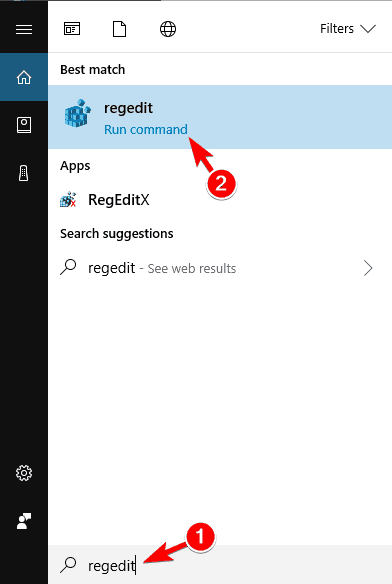
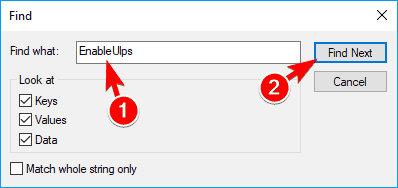
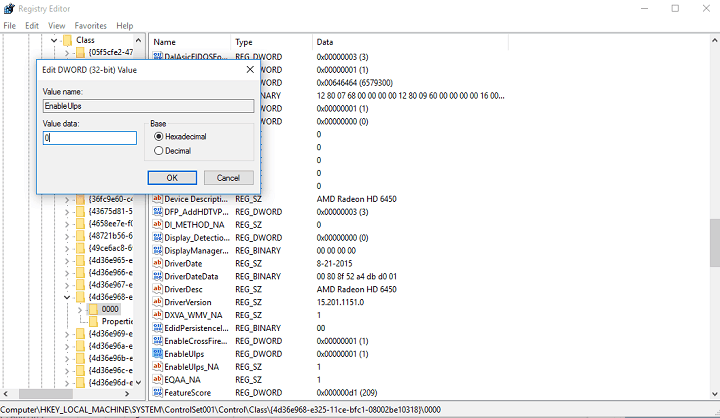
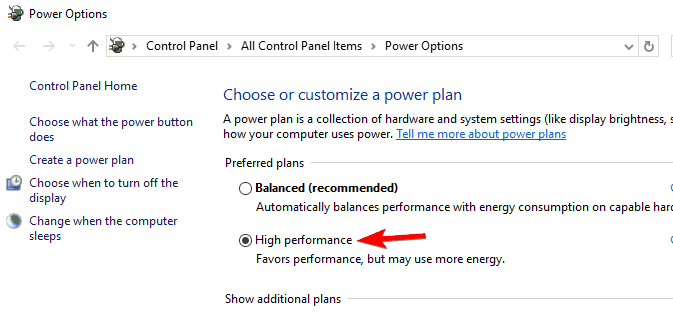

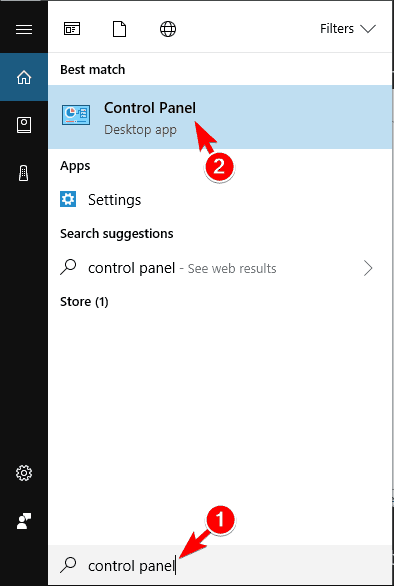

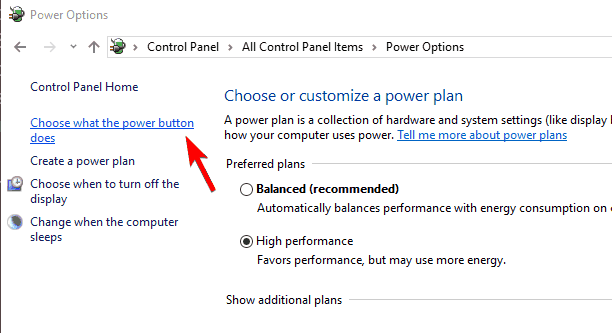
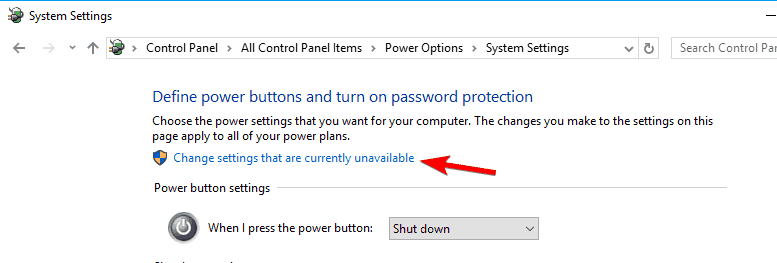
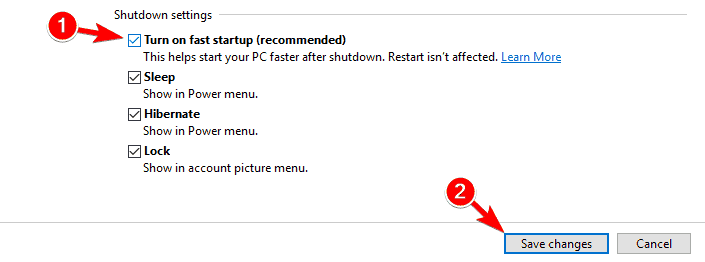
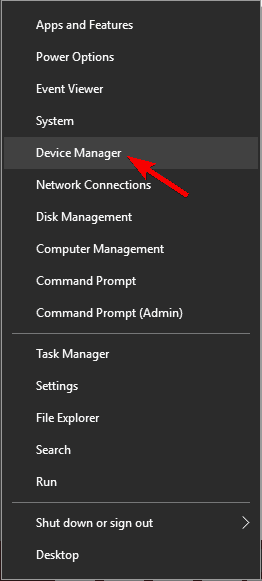

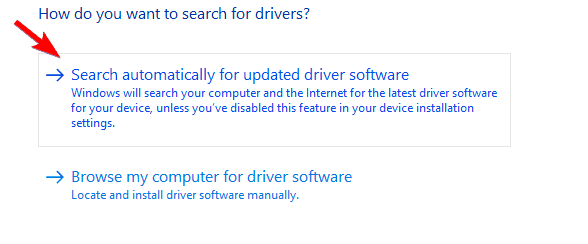

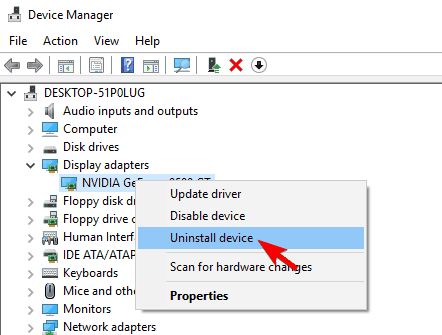
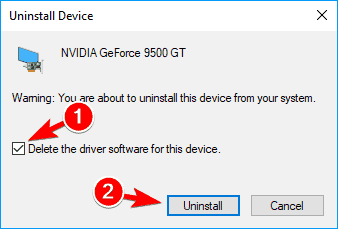
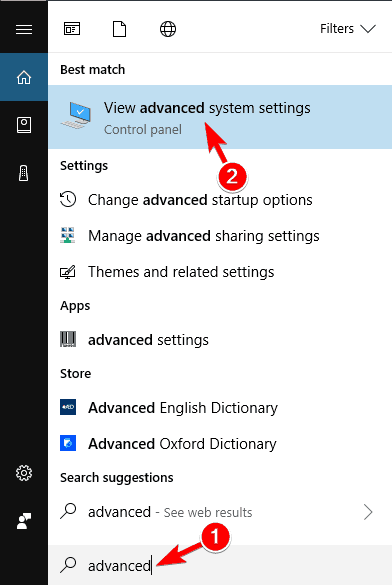
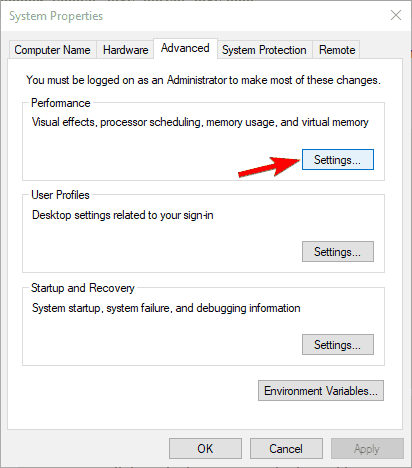
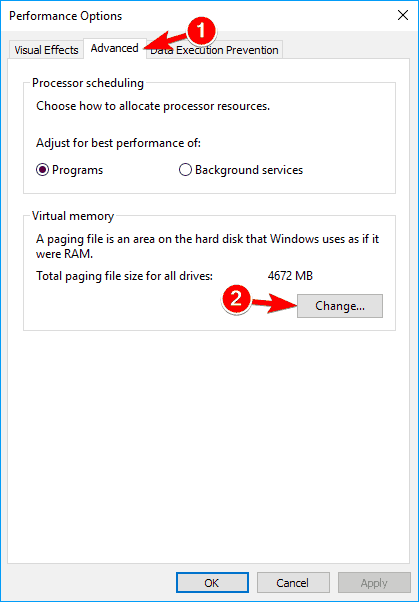
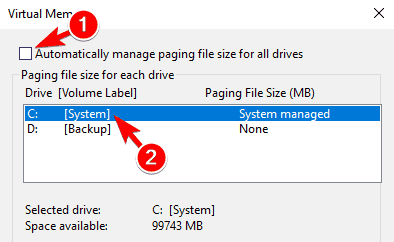
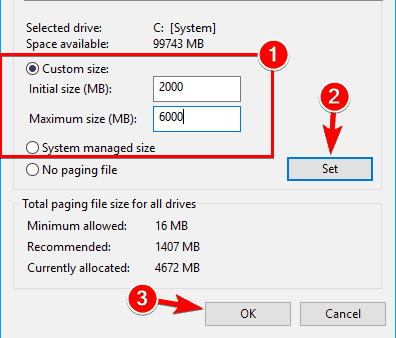

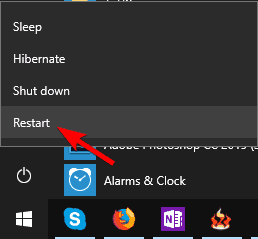
No comments:
Post a Comment